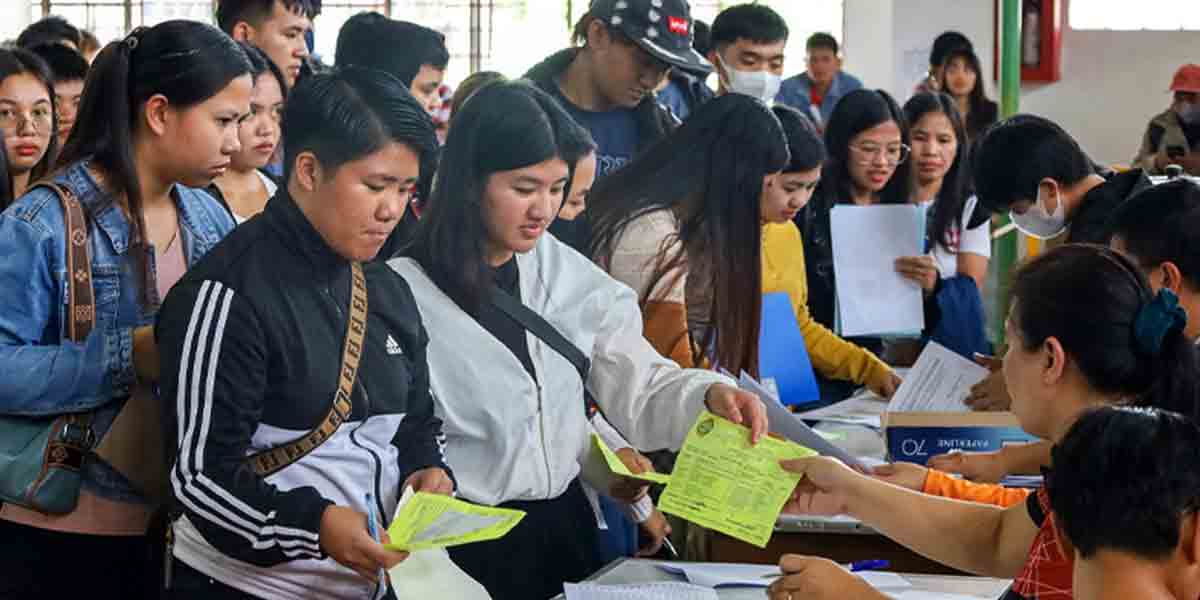The country’s net external liability position as of Q2 2022 improved compared to the previous quarter due to the lower net external liabilities of the non-financial corporations (NFCs).
By sector, the NFCs’ net debtor position declined due to the lower net financial liabilities to the rest of the world (ROW) and other financial corporations (OFCs).
The NFCs’ net debtor position to the ROW declined on account of a) non-residents’ lower investments in equity and investment fund shares, and b) higher external assets on the back of higher lending to related parties abroad and holdings of equity and debt securities.
Likewise, the NFCs’ net debtor position to the OFCs contracted because of the decline in its gross financial liabilities (mostly in the form of equity and debt securities), and the increase in its financial assets (mainly in the form of equity and insurance).
By contrast, the NFCs’ gross financial liabilities to other depository corporations (ODCs) expanded due to the reported increase in demand for business loans to finance goods production amid improvement in customers’ economic outlook. Notably, the ratio of the NFCs’ total liabilities-to-gross domestic product (GDP) declined compared to the previous quarter.
The general government’s (GG) net debtor position expanded in Q2 2022 mainly on account of the decline in the GG’s financial assets and the marginal increase in its liabilities. In particular, the GG’s financial assets declined due mainly to net withdrawals of its deposits with the Central Bank (CB).
Meanwhile, the rise in the GG’s financial liabilities was due to the increase in its liabilities with the ODCs and the ROW which were mostly in the form of debt securities and loans. Despite the expansion in the GG’s liabilities, the sector’s gross financial liability-to-GDP ratio dropped, reflecting the economy’s steady recovery during the quarter.
The households (HHs) remained as the largest net creditor among the domestic sectors as its net financial position expanded during the period. This expansion stemmed from higher net claims on the ODCs and OFCs.
The improvement in the HHs’ net lending position resulted mainly from higher deposit placements with the ODCs, and holdings of OFC-issued equity securities. Meanwhile, the sector’s higher loans from the ODCs were driven by the uptick in consumer loans from banks and ease of access to credit.
The ODCs registered higher net creditor position mainly on account of a) higher claims on the GG due to increased investments in government securities (GS) and b) robust growth in loans receivables from the NFCs amid improving economic outlook that spurred the demand from businesses for financing.
Likewise, loans to HHs increased due to higher spending allocated for basic goods, debt payment, and health and education-related expenses. The ODCs’ asset portfolio included a mix of safe and relatively risky assets, with a considerable amount of funds channeled to safer investments such as GS and BSP financial instruments.
The CB’s net creditor position rose due mainly to the ODCs’ lower deposit placement with the CB. Further, the CB’s net financial liability position to the HHs declined due to the latter’s lower currency holdings. These developments were partly offset by the decline in the CB’s reserve assets.






















